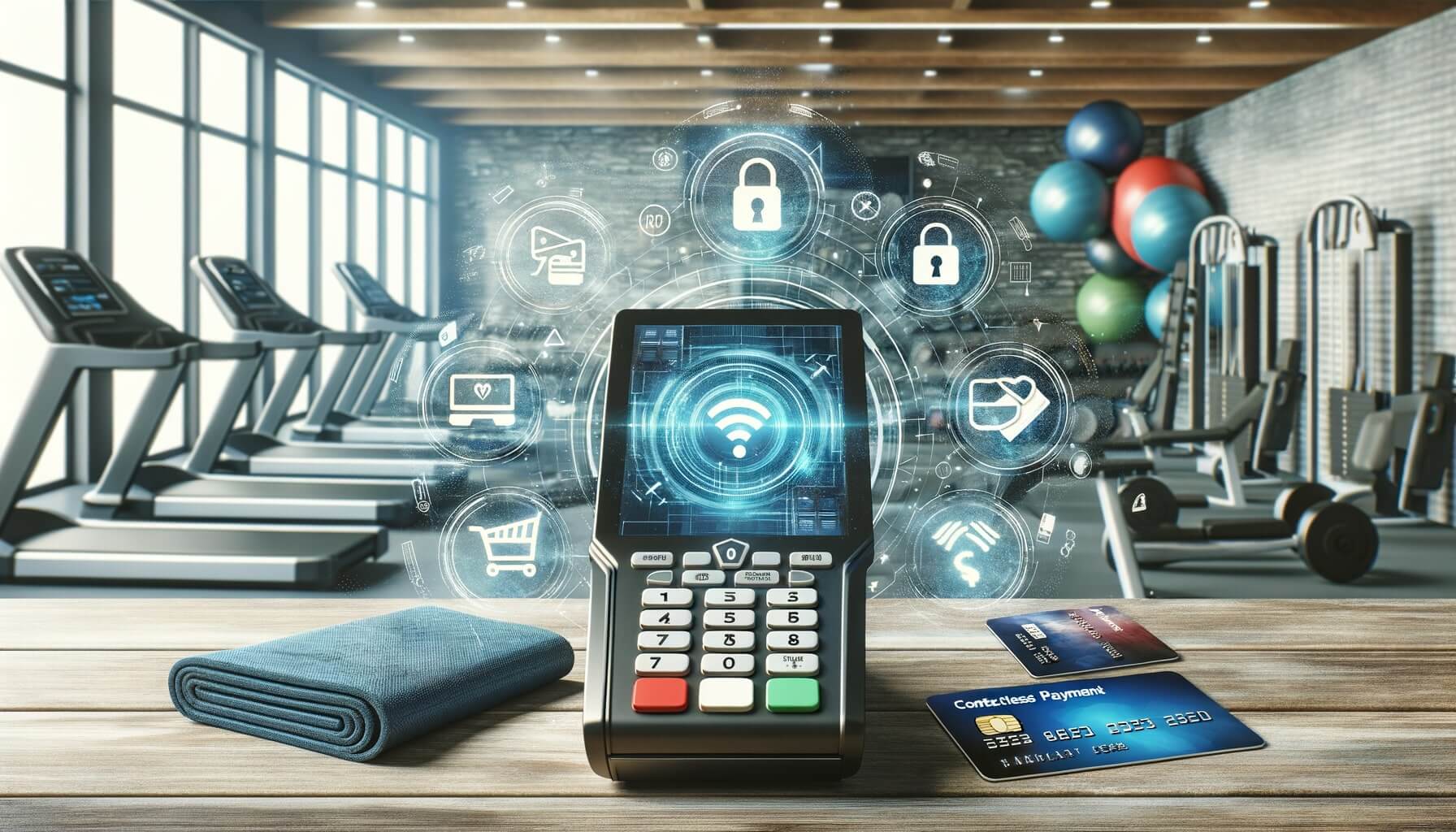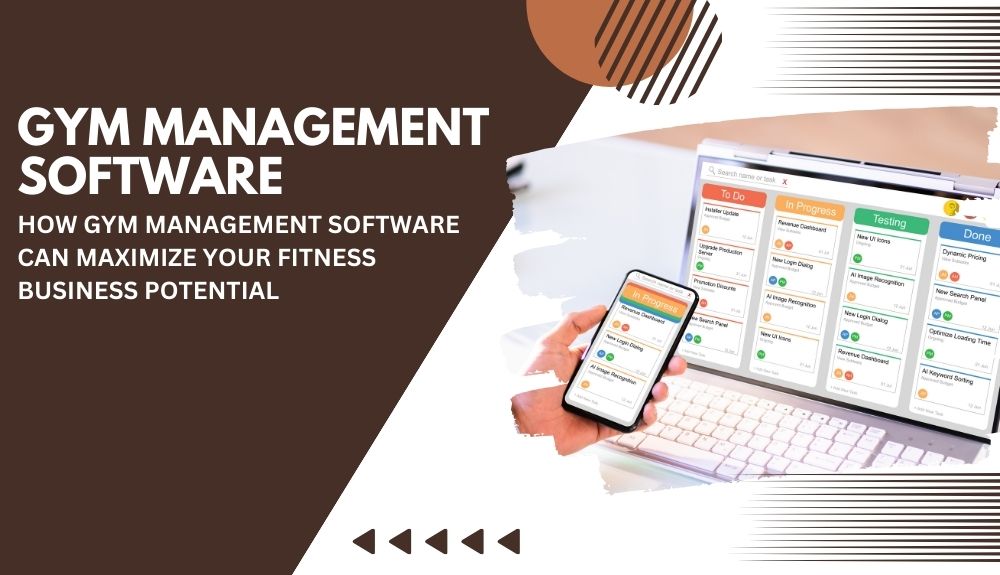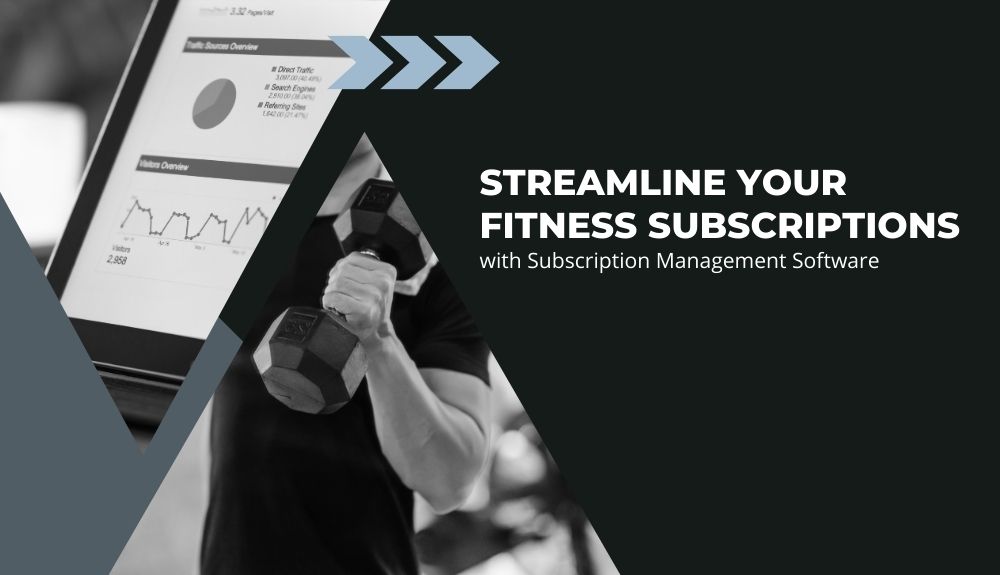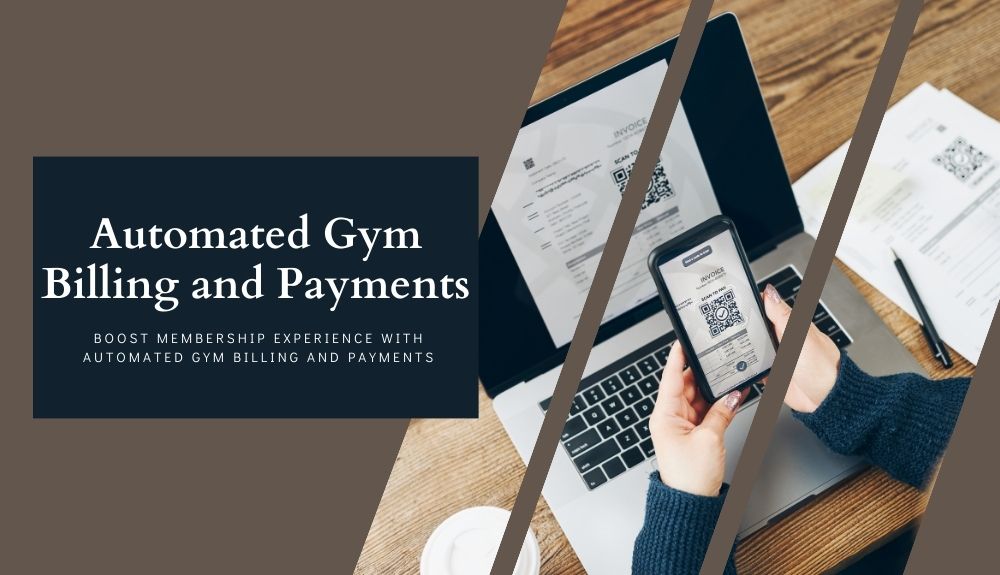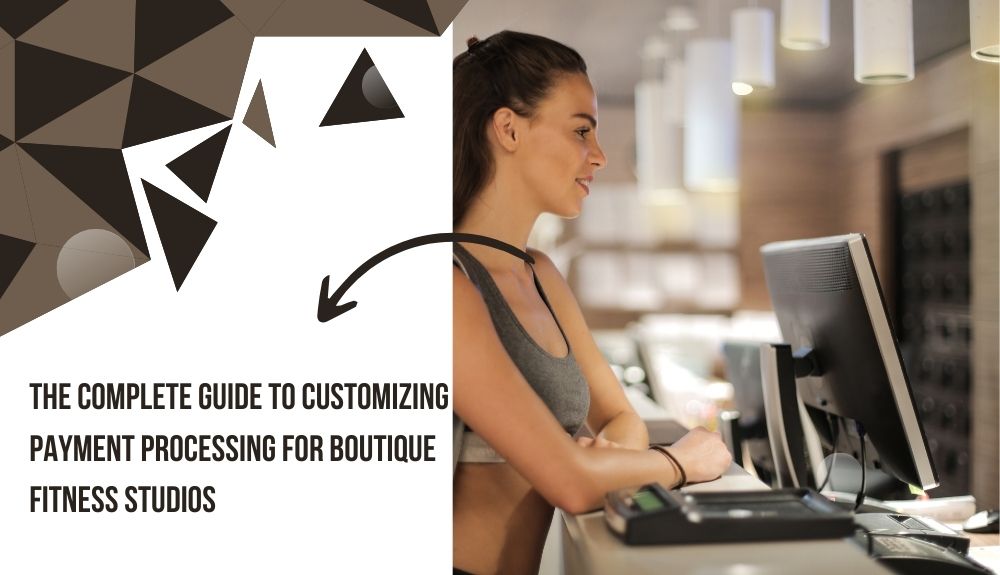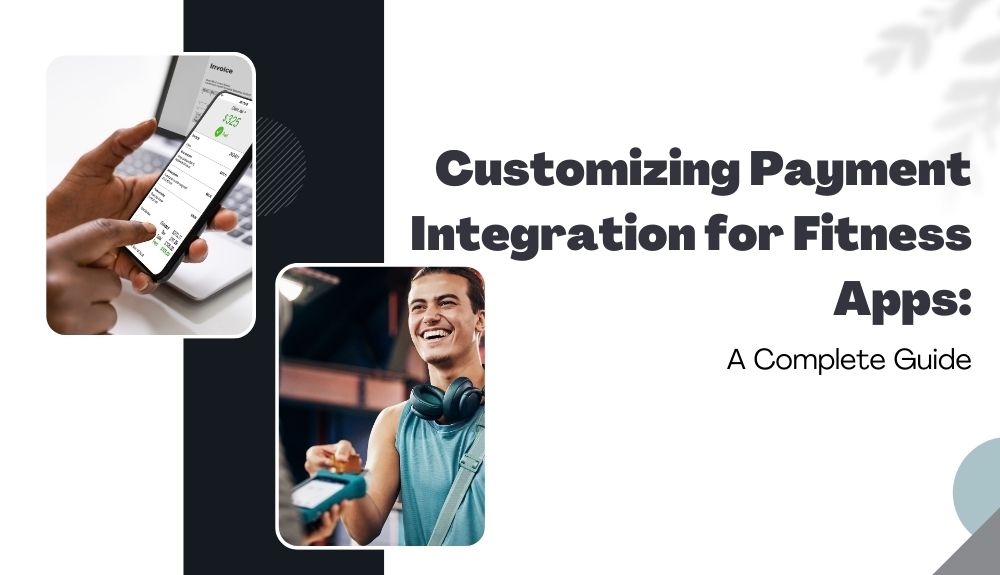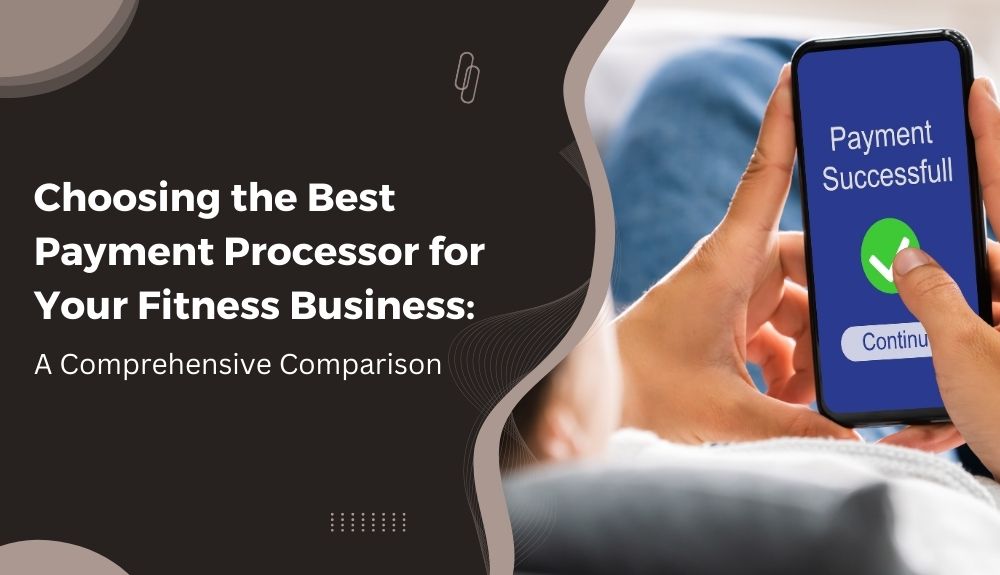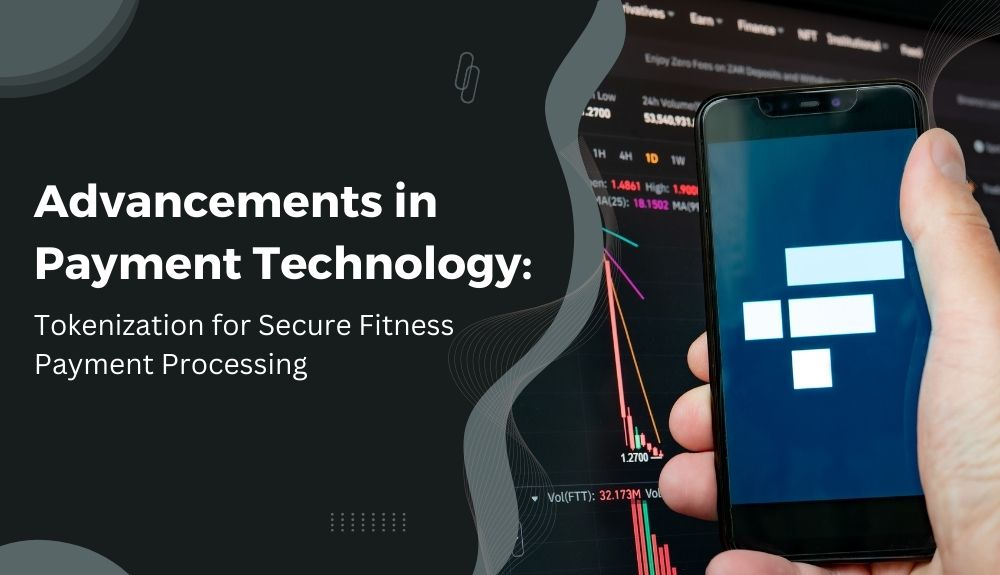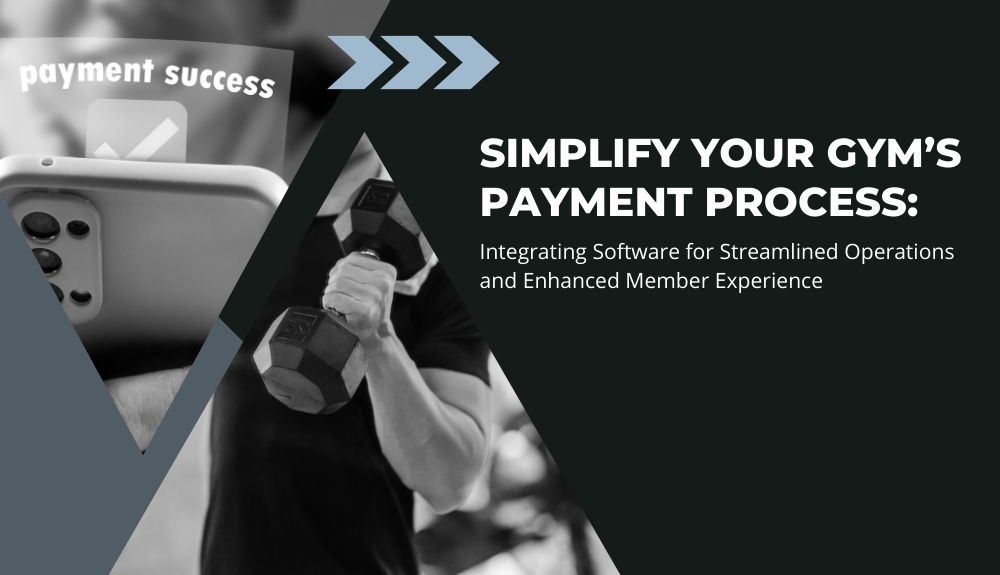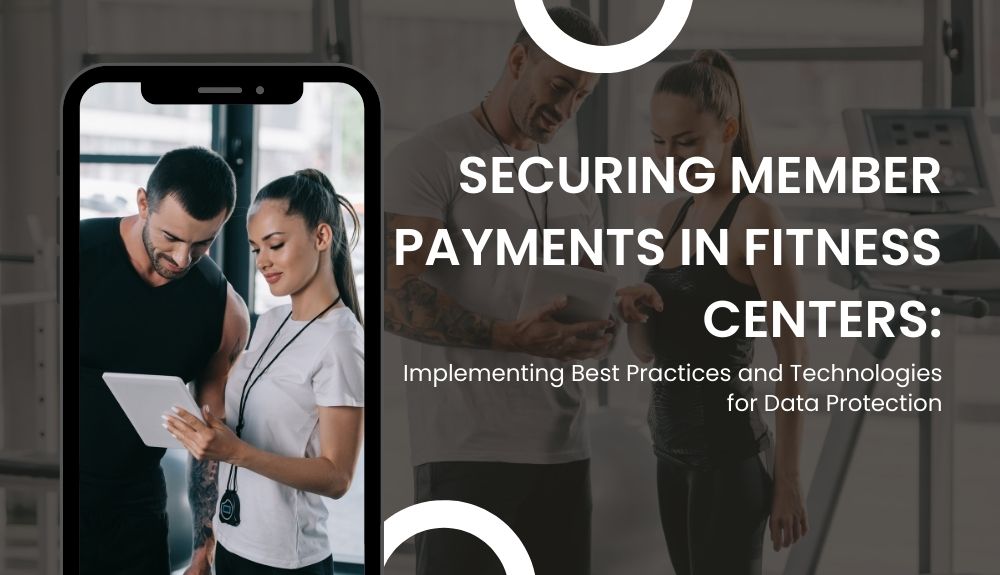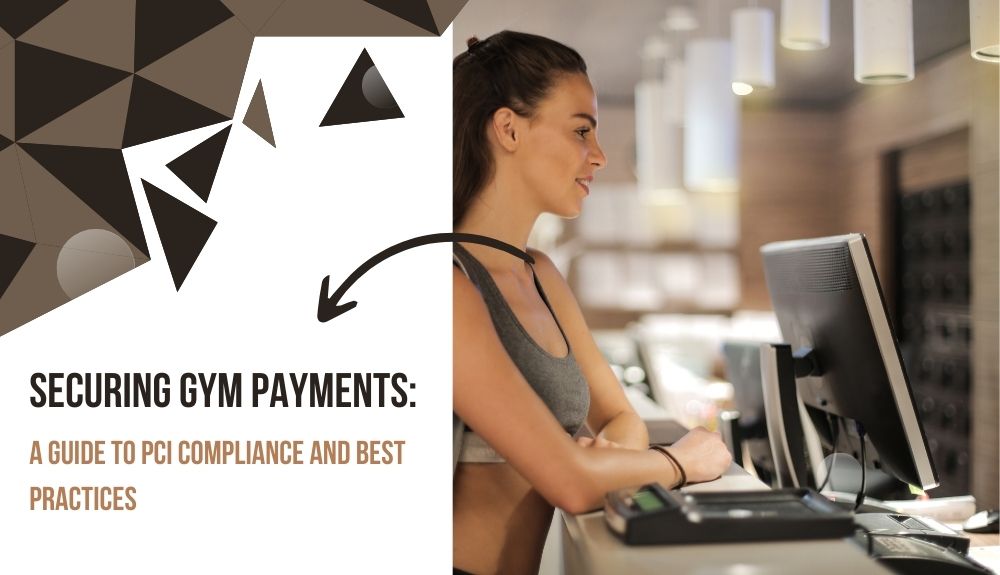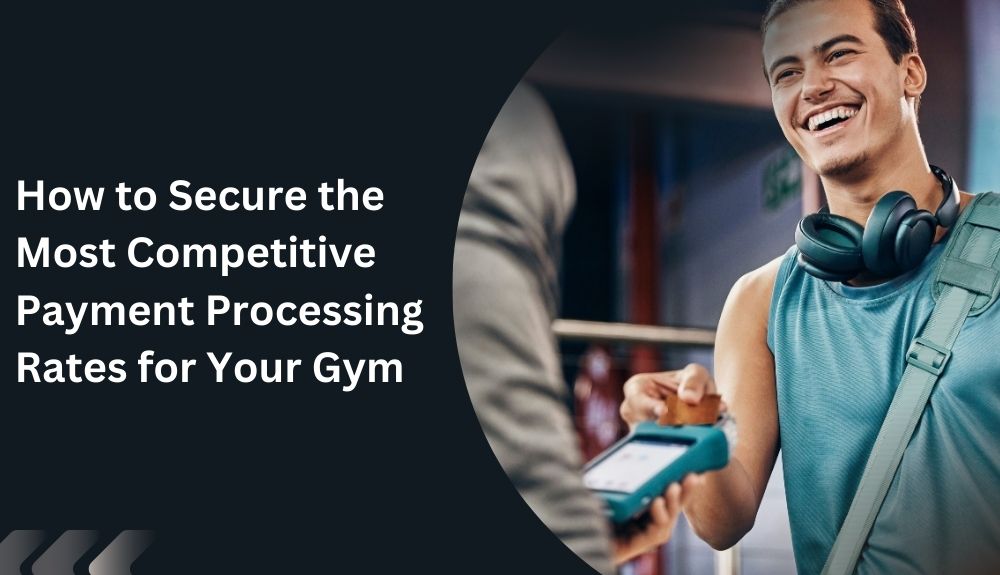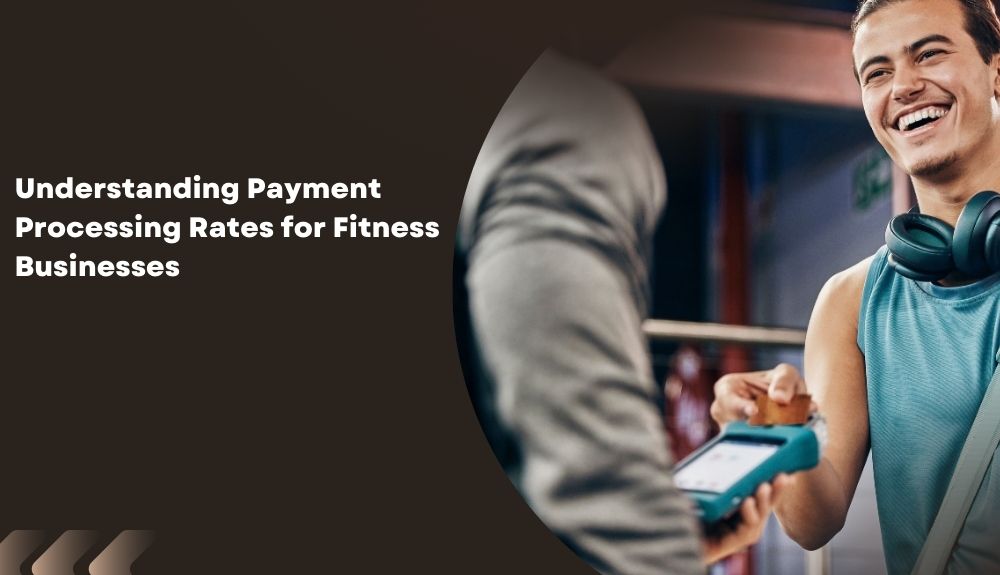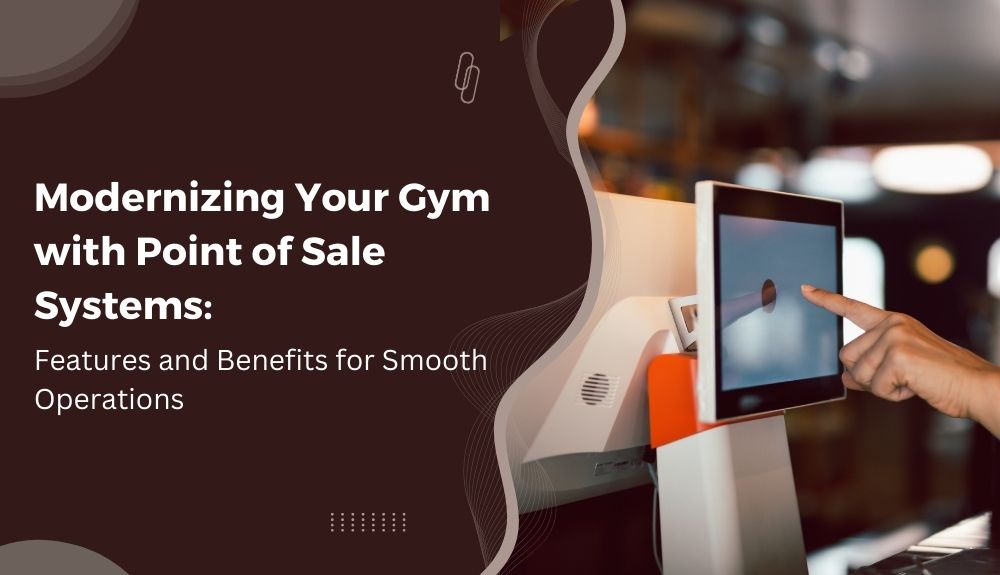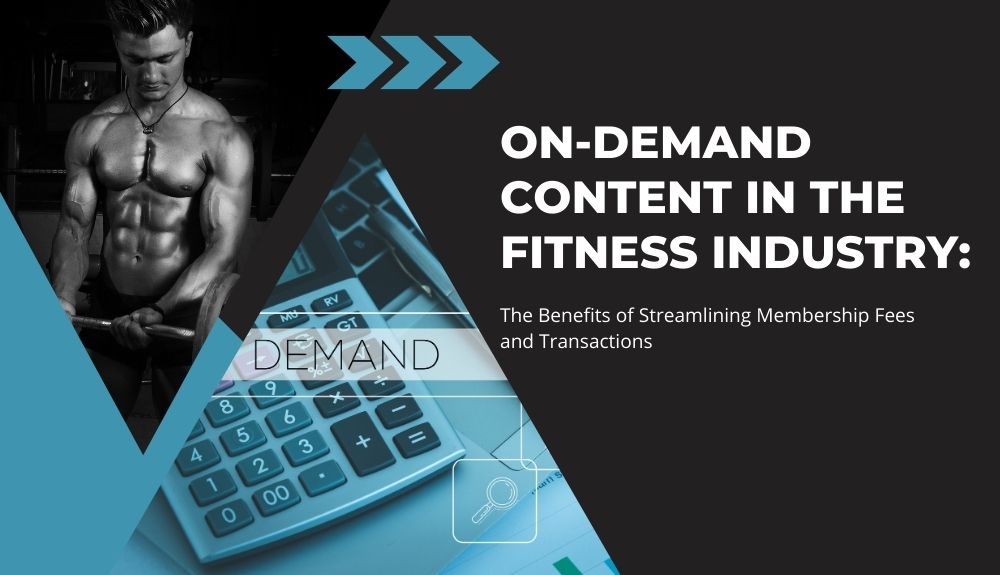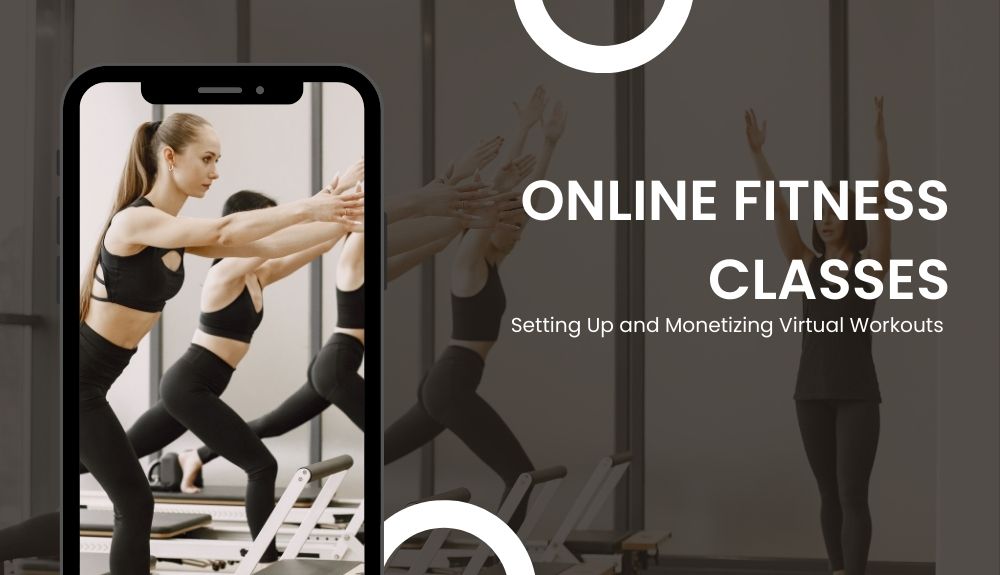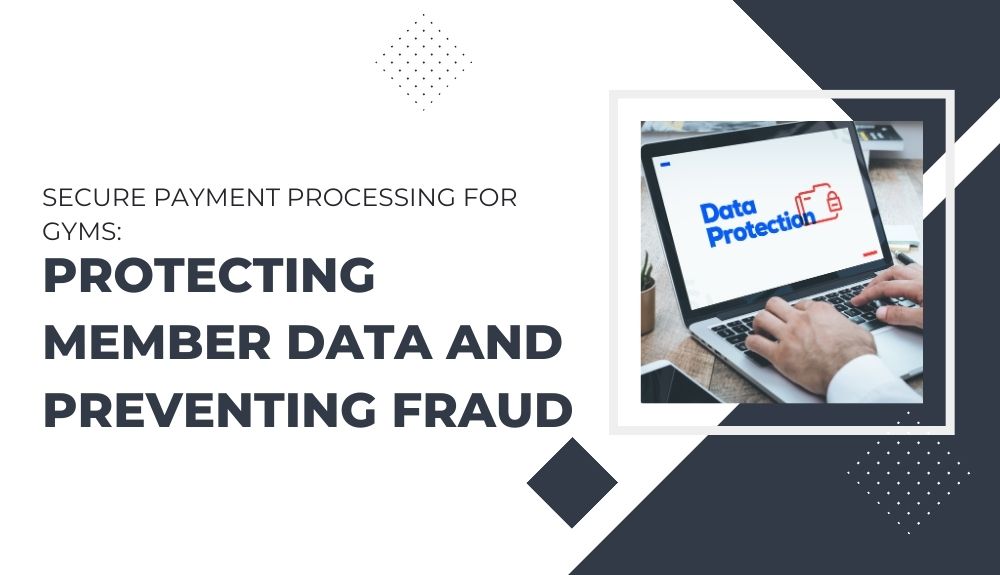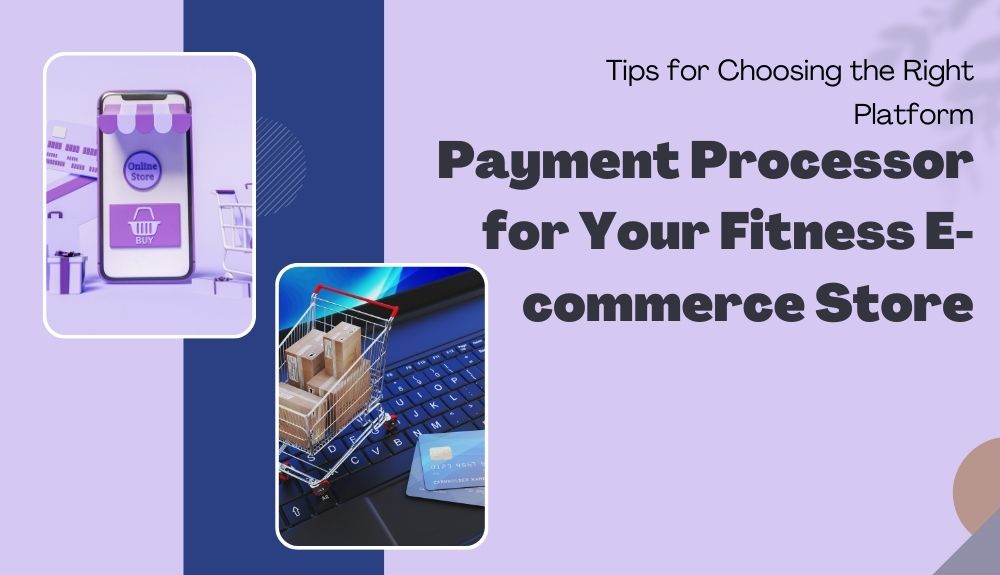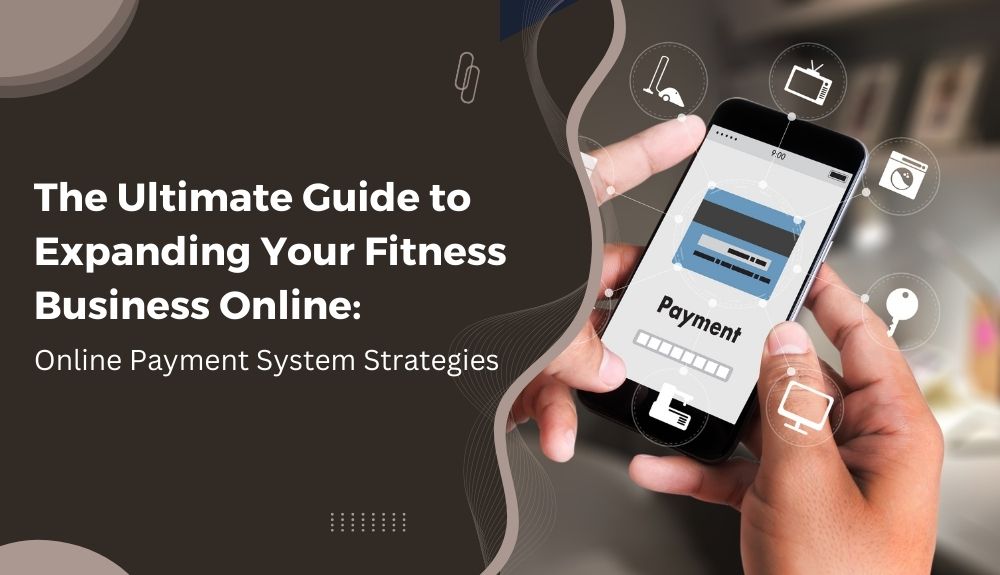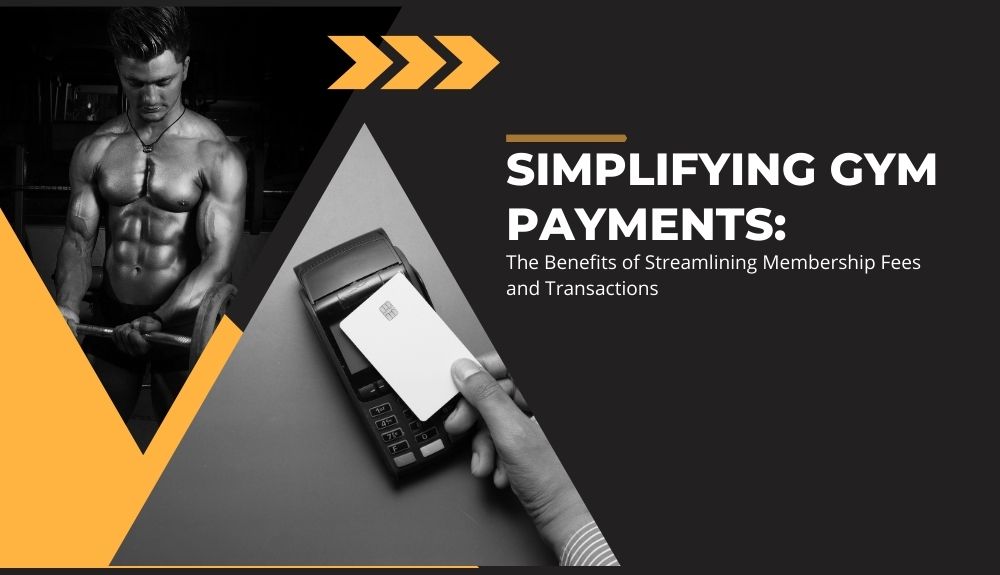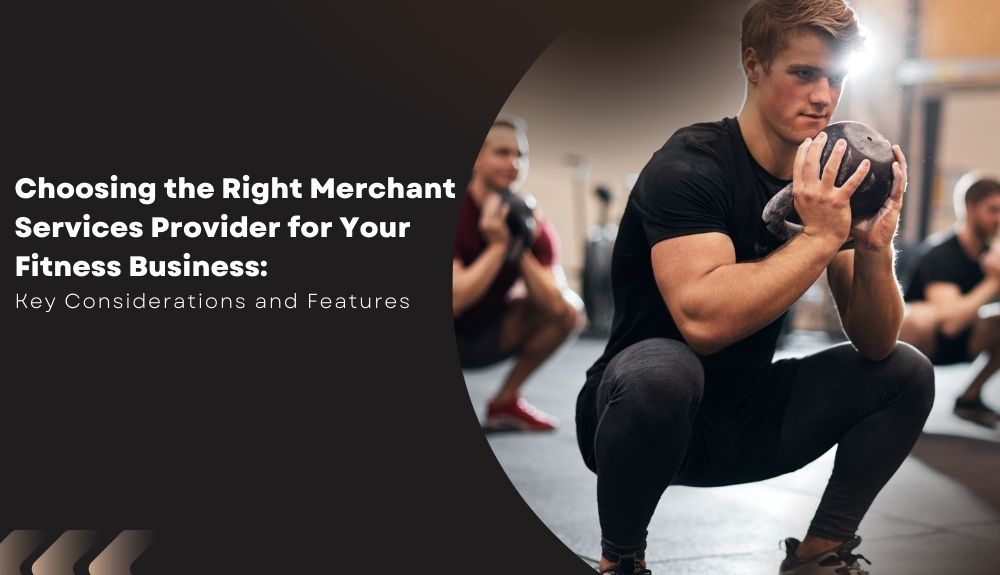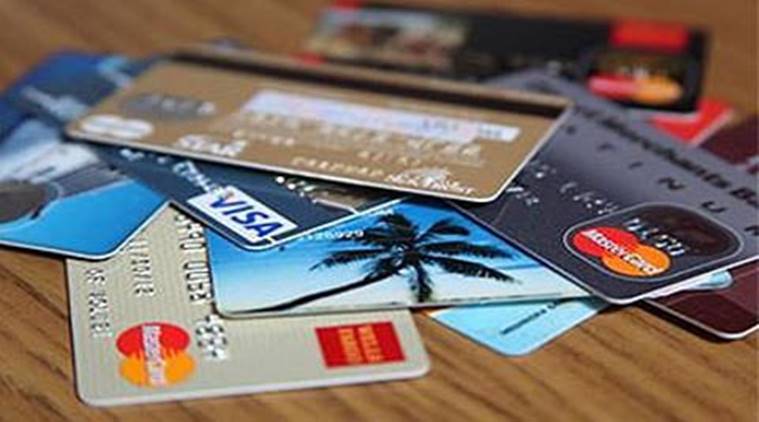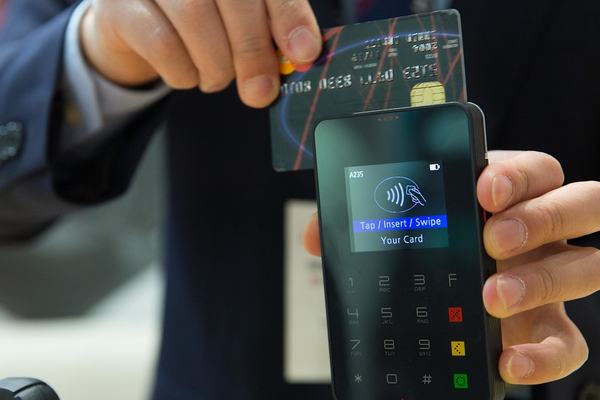In today's digital age, having a reliable and efficient gym payment system is crucial for the success of any fitness facility. A gym payment system allows gym owners to streamline their financial operations, improve customer experience, and ensure smooth transactions. This comprehensive guide will walk you through the process of...
A Complete Guide to Using an Automated Billing System for Gyms
In today's fast-paced world, automation has become a key component in streamlining business operations. One area where automation can greatly benefit gyms is in the billing process. An automated billing system can help gym owners and managers save time, reduce errors, and improve cash flow. In this comprehensive guide, we...
Handling EFT Payments for Gym Membership
In today's digital age, electronic funds transfer (EFT) payments have become increasingly popular for various industries, including the fitness industry. Gym memberships are no exception, as more and more fitness centers are adopting EFT payment systems to streamline their operations and enhance the convenience for their members. In this comprehensive...
Payment Routing for Multi-Location Gyms
In today's fast-paced world, multi-location gyms are becoming increasingly popular. These gyms offer convenience and flexibility to their members, allowing them to work out at any location that suits their schedule. However, managing payments across multiple locations can be a complex and time-consuming task. This is where payment routing systems...
Automating Billing and Recurring Payments for Gym Memberships
In today's fast-paced world, automation has become a key aspect of streamlining business operations. One industry that can greatly benefit from automation is the fitness industry, specifically gym memberships. Automating billing and recurring payments for gym memberships not only saves time and effort for gym owners but also provides convenience...
Setting Up Payment Processing for a New Gym
Setting up payment processing for a new gym is a crucial step in ensuring smooth financial transactions and providing convenience to your members. In today's digital age, where cashless payments are becoming increasingly popular, it is essential for gyms to offer a variety of payment options to cater to the...
Top Payment Challenges for Fitness Centers
In today's digital age, payment processing has become an integral part of running a successful fitness center. Whether it's collecting membership fees, processing class registrations, or managing recurring payments, fitness centers rely heavily on efficient and secure payment systems. However, the payment landscape for fitness centers is not without its...
Gym Payment Processing Basics: How to Get Started
Gym payment processing is an essential aspect of running a successful fitness facility. Whether you own a small local gym or a large chain of fitness centers, having a reliable and efficient payment processing system is crucial for the smooth operation of your business. In this comprehensive guide, we will...
Seasonal Strategies for Charging of Fitness Business: New Year’s Resolutions and Summer Rush
The most evident seasonal fluctuations in the fitness industry concern the signups, and indeed the significant ones are noticed at the New Year's resolution time and at the beginning of summer. These periods give the fitness business the opportunity to create specific strategies for charging that can attract new members...
How to Optimize Recurring Payment Systems for Gyms and Fitness Studios
A working mechanism for recurring payment will make billing smooth, but what it ultimately does is ensure an improved experience for customers as they go by choices like flexibility, automation, and security. Some of the problems gyms and other fitness businesses face in their billing process, which may be poorly...
How to Manage Credit Card Declines in Fitness Centers
In today's digital age, credit cards have become an essential tool for making payments, including gym memberships and fitness center fees. However, credit card declines can be a frustrating experience for both fitness centers and their members. Understanding the common reasons for credit card declines and implementing strategies to prevent...
Streamlining Payment Processing in Fitness Studios
In today's fast-paced world, efficiency and convenience are key factors in running a successful business. This holds true for fitness studios as well, where streamlining payment processing plays a crucial role in ensuring smooth operations and customer satisfaction. In this article, we will explore the challenges faced by fitness studios...
Why Gyms Need Reliable Payment Processing Solutions
In the fitness industry, providing an exceptional customer experience goes beyond offering top-notch facilities and personal training sessions. One key component that significantly impacts a gym’s operation and member satisfaction is its payment processing system. Reliable payment processing solutions ensure that gyms can manage memberships, subscriptions, and class bookings seamlessly...
What is a Transaction ID: A Detailed Guide
In today's digital age, financial transactions have become an integral part of our lives. Whether it's making a purchase online or transferring funds between bank accounts, we rely on these transactions to be secure and efficient. One crucial element that ensures the smooth functioning of these transactions is the Transaction...
The Benefits of Accepting Credit Cards in Your Fitness Business
In today's digital age, accepting credit cards has become a necessity for businesses across various industries, including the fitness sector. With the increasing popularity of cashless transactions, it is crucial for fitness businesses to adapt and offer convenient payment options to their customers. This comprehensive guide will explore the benefits...
The Rise of Digital Wallets: Implications for Fitness Centers
In today's digital age, the use of cash and physical credit cards is gradually being replaced by digital wallets. Digital wallets, also known as mobile wallets or e-wallets, are virtual platforms that allow users to store their payment information securely on their smartphones or other electronic devices. With the increasing...
Understanding the Cost of Payment Processing for Gyms
Payment processing is an essential aspect of running a gym or fitness center. It allows businesses to accept various forms of payment, such as credit cards, debit cards, and mobile payments, from their customers. However, many gym owners may not fully understand the cost implications of payment processing and how...
How to Reduce Payment Processing Fees in Your Gym Business
Running a successful gym business involves managing various expenses, and payment processing fees can be a significant burden. However, with the right strategies and knowledge, you can reduce these fees and increase your profitability. In this detailed guide, we will explore the different aspects of payment processing fees in the...
How to Choose the Right Payment Processing System for Your Gym
Running a gym involves managing various aspects of the business, including membership fees and payments. To ensure smooth and secure transactions with your members, it is essential to choose the right payment processing system for your gym. This comprehensive guide will walk you through the process of selecting the best...
How Gym Management Software Can Maximize Your Fitness Business Potential
Are you ready to revolutionize your fitness business and unlock its full potential? Picture this: a gym where operations run smoother than a well-oiled machine, member experiences are top-notch, and growth is not just a dream but a reality. How can you make this vision a reality? The answer lies...
Streamline Your Fitness Subscriptions with Subscription Management Software
Are you tired of juggling multiple fitness subscriptions and struggling to keep track of billing schedules and member appointments? Streamline your fitness studio operations with subscription management software that takes the hassle out of managing memberships, automating billing processes, and enhancing the overall customer experience. Imagine having a centralized platform...
Boost Membership Experience with Automated Gym Billing and Payments
Are you tired of the hassle and headaches that come with managing gym billing? Imagine a seamless process where payments are automated, memberships are processed effortlessly, and your gym operations run smoothly. The key lies in embracing the power of automated gym billing and payments. Picture this: no more chasing...
The Complete Guide to Customizing Payment Processing for Boutique Fitness Studios
Are you a boutique fitness studio owner striving to streamline your payment processing methods? Imagine customizing your payment solutions to perfectly align with your studio's unique needs and goals, ensuring a seamless experience for your clients. As the fitness industry continues to evolve, it's crucial to tailor your payment processing...
Top Contactless Payment Solutions for Yoga Studios: Enhancing Safety and Convenience
Are you ready to streamline and elevate your yoga studio experience with the latest in payment technology? Imagine a world where transactions are seamless, safe, and efficient, enhancing both convenience and peace of mind for your clients. In today's fast-paced environment, the demand for contactless payment solutions has never been...
Customizing Payment Integration for Fitness Apps: A Complete Guide
Are you ready to enhance the payment experience on your fitness app and streamline transactions with ease? Customizing payment integration for fitness apps is a game-changer, offering users a seamless and hassle-free payment journey. Imagine providing your clients with a user-friendly interface that ensures quick and secure transactions, ultimately leading...
Choosing the Best Payment Processor for Your Fitness Business: A Comprehensive Comparison
Are you tired of struggling to find the ideal payment processor that seamlessly fits your fitness business needs? Picture this: a streamlined payment process, efficient membership management, and satisfied clients. The right payment processor can make this a reality for your business. In the fitness industry, selecting the best payment...
Advancements in Payment Technology: Tokenization for Secure Fitness Payment Processing
Are you tired of worrying about the security of fitness payment processing? Picture this: your gym members seamlessly paying for their memberships without the fear of data breaches or fraud. The solution lies in the advancements of payment technology, specifically tokenization. In the fitness industry, where sensitive credit card information...
How Contactless Payments Are Revolutionizing Fitness Facilities: Benefits and Best Practices
Have you ever considered how contactless payments are transforming the fitness industry, offering a seamless and convenient experience for both gym owners and members? Imagine entering your favorite fitness facility without the need to fumble for cash or cards - a simple tap, and you're ready to start your workout...
Simplify Your Gym’s Payment Process: Integrating Software for Streamlined Operations and Enhanced Member Experience
Are you tired of the tangled web of payment processes at your gym? Picture this: a seamless experience for your members, efficient operations for your staff, and a boost in overall satisfaction. The solution lies in integrating software to revolutionize your gym's payment system. Here's a glimpse of what we'll...
Secure Payment Practices for Personal Trainers: Building Client Trust and Data Protection
Are your personal training payment practices secure enough to protect client trust and sensitive data? In today's digital landscape, ensuring the security of payment transactions is crucial for personal trainers. Clients need to feel confident that their information is safe, and trainers must protect themselves from potential fraud or breaches....
Securing Member Payments in Fitness Centers: Implementing Best Practices and Technologies for Data Protection
Introduction to the importance of data protection in fitness centers Welcome to the world of fitness centers, where sweat meets technology and goals are transformed into achievements. As members embark on their wellness journey, one aspect that often takes a backseat is the security of their payment information. In our...
Securing Gym Payments: A Guide to PCI Compliance and Best Practices
Are your gym payments secure? Protecting your customers' payment information is crucial in today's digital landscape. With the rise of online sales and the increasing dependency on technology, gym owners and operators must ensure that their payment systems are PCI compliant to safeguard sensitive cardholder data. But what exactly is...
How to Secure the Most Competitive Payment Processing Rates for Your Gym
Are you a gym owner looking to secure the most competitive payment processing rates and save on transaction fees? Negotiating payment processing rates can have a significant impact on your gym's financial success. In today's competitive fitness industry, it's crucial to optimize your pricing strategies and reduce credit card processing...
Understanding Payment Processing Rates for Fitness Businesses
Are payment processing fees eating into your fitness gym's profits? As a fitness business owner, you understand the importance of optimizing revenue and minimizing expenses to maintain a healthy bottom line. One area that can significantly impact your financial landscape is payment processing rates. Imagine this scenario: You've successfully attracted...
Modernizing Your Gym with Point of Sale Systems: Features and Benefits for Smooth Operations
Welcome to the era of modernization, where technology reigns supreme in every aspect of our lives - even at the gym! Gone are the days of manually tracking memberships and fumbling with paper waivers. It's time to step up your game and embrace the power of Point of Sale (POS)...
8 Best Mobile Payment Apps for Fitness Professionals: Managing Transactions and Client Payments Anywhere, Anytime
Are you a fitness professional looking to streamline your business operations and enhance client experience? Managing transactions and client payments can be a time-consuming task, especially when you're constantly on the go. That's where mobile payment apps come in, providing a convenient and efficient solution for fitness professionals like you....
On-Demand Content in the Fitness Industry: Embracing Flexibility and Engagement
Are you tired of the rigid schedules and limited options when it comes to fitness classes and workouts? Imagine being able to access your favorite workouts at any time, from anywhere, and tailor them to fit your busy lifestyle. Welcome to the world of on-demand content in the fitness industry,...
Maximizing Revenue with Online Fitness Classes: Setting Up and Monetizing Virtual Workouts
Introduction to online fitness classes and why they are popular Welcome to the exciting world of online fitness classes, where you can break a sweat and reach your health goals from the comfort of your own home! In recent years, virtual workouts have soared in popularity, offering convenience, flexibility, and...
Choosing the Right Payment Processor for Your Fitness Studio: Key Considerations
Are you a fitness studio owner looking to streamline your payment process and improve your customers' experience? Choosing the right payment processor is a crucial decision that can impact the success of your business. With numerous options available, it can be overwhelming to determine which one is the best fit...
Secure Payment Processing for Gyms: Protecting Member Data and Preventing Fraud
Introduction to Payment Processing in the Fitness Industry In today's fast-paced and digitally-driven world, payment processing has become an integral part of running a successful business, including gyms and fitness centers. As more people embrace a healthier lifestyle and flock to their local gyms, it is crucial for fitness businesses...
Tips for Choosing the Right Platform and Payment Processor for Your Fitness E-commerce Store
Are you in the process of launching your fitness e-commerce store and feeling overwhelmed by the options for platforms and payment processors? Making the right choices is crucial for the success of your online business. But how do you navigate through the sea of options to find the perfect fit?...
The Ultimate Guide to Expanding Your Fitness Business Online: Online Payment System Strategies
Are you a fitness business owner looking to take your venture to the next level? With the ever-evolving landscape of the fitness industry and the rise of online platforms, expanding your business online has become more important than ever. But how can you effectively implement and optimize online payment systems...
Simplifying Gym Payments: The Benefits of Streamlining Membership Fees and Transactions
Are you tired of complicated gym payment systems? Imagine a world where managing your membership fees and transactions is a breeze, leaving you with more time to focus on achieving your fitness goals. In this blog, we will explore the benefits of streamlining gym payments, helping you simplify your experience...
Find the Best Payment Processing Solutions for Fitness Businesses
Are you a fitness business owner searching for the best payment processing solutions to streamline your financial operations and enhance customer experience? Look no further! In this blog, we will explore the world of fitness merchant services and guide you through the best payment processing software tailored specifically for gyms...
Choosing the Right Merchant Services Provider for Your Fitness Business: Key Considerations and Features
Introduction to Merchant Services for Fitness Businesses Running a successful fitness business requires more than just providing top-notch workouts and classes. In today's digital age, it's essential to have the right tools and resources in place to streamline your payment processes and keep your business running smoothly. This is where...
Fitness Spend Trends for 2023 and Beyond
The fitness industry has seen substantial changes in recent decades, becoming a multi-billion dollar market that is impacting the lives of millions. The way we approach fitness has evolved with various important factors. Moving forward, the future of fitness looks promising, thanks to exciting new technological advancements and developments expected...
What is a Partial Authorization?
A partial authorization occurs when a cardholder's issuing bank approves a transaction for less than the full amount. This can happen when the cardholder doesn't have enough funds available to cover the entire purchase, or when the merchant has set a maximum limit for partial authorizations. In either case, the...
How Does Mobile Payment Processing Work?
Mobile payment processing is the process of collecting information, authorization and money wirelessly using your smartphone. The most common examples are buying a cup of coffee with your phone, purchasing items on-line and requesting receipts via email or text message. Customers may pay for goods or services by simply tapping...
How to Avoid eGift Card Fraud?
There are a few ways to avoid becoming a victim of eGift card fraud. First, only buy eGift cards from reputable retailers. Second, make sure you have a strong password and security questions for your account. Third, do not share your account information with anyone. Finally, keep an eye on...
Card Present vs Card Not Present Transactions
The security of a credit or debit card transaction depends on the type of payment. Card present transactions are more secure than card not present transactions. In a card present transaction, the card is physically present and the cardholder verifies the amount to be charged. The merchant swipes the card...
